How do you know it is genuine Yakisugi?
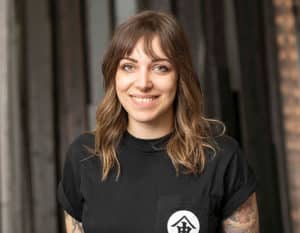
Dinah Woltermann
Original vs fake Shou Sugi Ban
Let me go out on a limb with this theory. If you’ve come across this blog, genuine Yakisugi is more than likely what you’re after. And you probably know who we are, too. We are Nakamoto Forestry, producing more of the real-deal Yakisugi (also known as Shou Sugi Ban) in Japan and worldwide than anyone else.
We see this blog as a medium to pass on our insights, both to keep you in the know and help you decide which facade materials to use, objectively. Ultimately, whether you’re a private homeowner building your dream house or an architect or a contractor tackling your next project, selecting the right facade material takes a bit of extra effort.
So, how exactly can you pinpoint authentic Yakisugi? There are two critical musts here: selecting the right variety of wood and applying a manufacturing process true to the tradition.
‘Yakisugi’ is actually a Japanese compound of two words, literally meaning burnt cypress (‘Yaki’ = burnt, ‘Sugi’ = Japanese cypress) and refers to a centuries-old method of preserving wood. It involves carefully charring the wood to carbonise it and extending its life in the process. The end result is durable, contemporary and sustainable wood cladding; usable indoors and out. If you’re keen to know more about the cultural origins of Yakisugi and how the practice has evolved over the decades, check out our blog post on the topic “The Cultural Origin of a Centuries-Old Tradition”
How is Yakisugi defined?
The first step is always ensuring the right wood is chosen.
Japan, from where Yakisugi originates, is one of the world’s most forested industrialised countries, with a truly impressive array of native plants and trees, including pines, spruces and larches. However, the Japanese cypress (Sugi in Japanese, Cryptomeria japonica in botanical parlance) is the only species used for producing true Yakisugi.
It’s quite simple. Sugi has several advantages over other woods, which render it crucial for the carbonisation process. It’s a softwood, with relatively low density but outstanding dimensional stability and rigidity. These features, alongside hard annual rings that are thicker and often closer together than spruce or larch, for example, perfectly underpin the carbonisation process, creating a strong soot layer that will last for decades without maintenance.
Even better, Sugi has virtually zero resin and a distinctive natural scent that repels insects. That, plus outstanding durability, is what makes it so ideal for producing Yakisugi. No surprise then, that Sugi is also officially classified as a durable wood. In fact, back in Japan, some Sugi facades are still going strong 80 years or more on, even without regular maintenance.
Conversely, the pines and spruces that proliferate in Europe have a durability class of 3 or 4, which is low to moderate at best. Local woods like these fall behind the Japanese cypress in sustainability terms when considering a ‘lifecycle assessment.’
So yes – while you can buy charred cladding made from other woods, you’ll be missing out on numerous benefits. If you’re after the finest facade finish that will outlast the alternatives, all roads lead to Sugi.
Keen to know more about Japan’s national tree and what makes it so special? Then check out our blog article: ‘Focus on ‘Sugi’ – the Japanese cypress’.
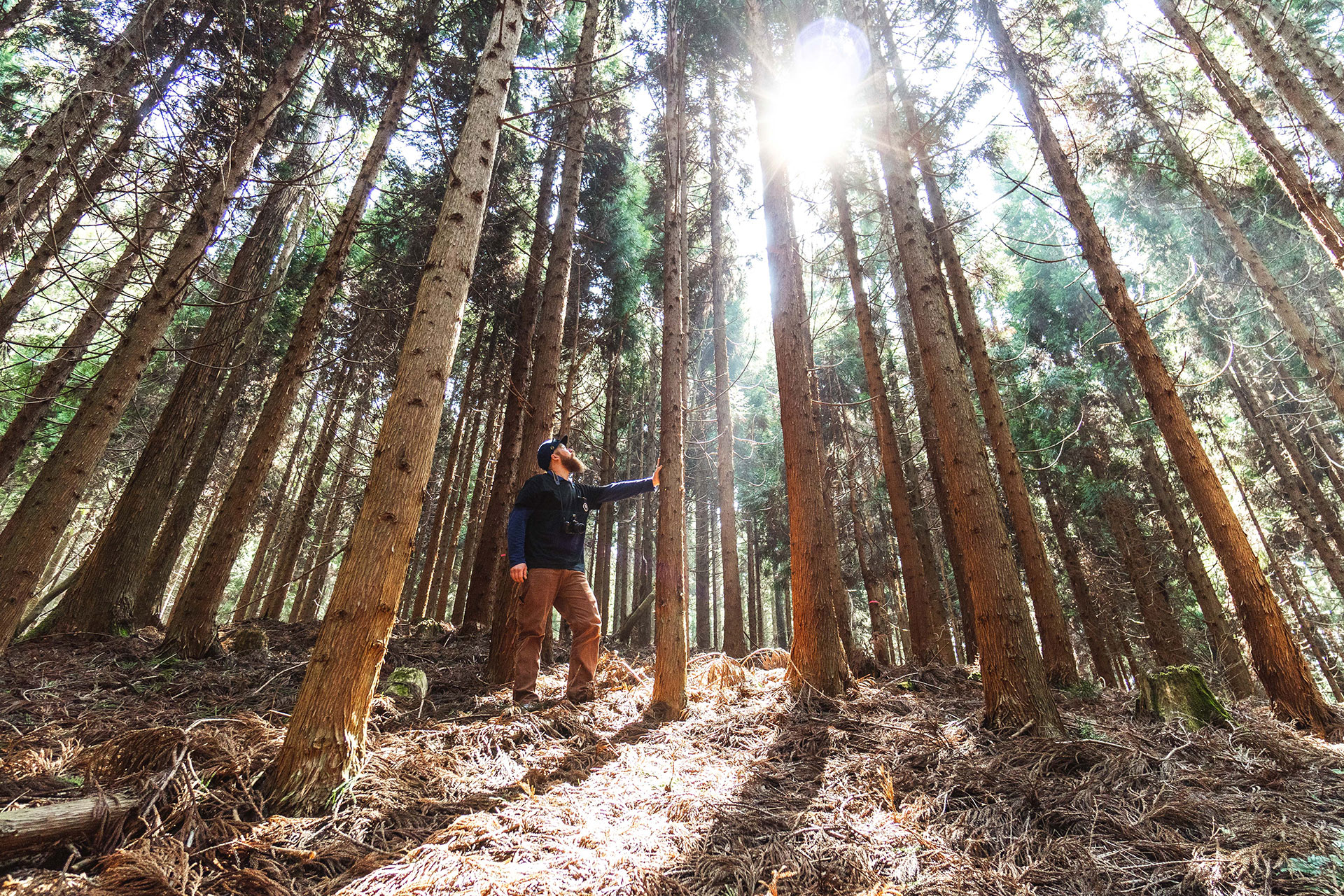
The Yakisugi method – is light, medium or strongly charred really a thing?
Customers often come to us and quote other Yakisugi suppliers explaining how the degree of charring distinguishes one Yakisugi variety from another.
Allow us to clarify this misconception. The dividing line between the surface treatments we offer is not the degree of charring, but whether and how they are brushed after the charring process.
Let’s also rewind to the production process to put it all in clearer context, big-picture style.
Before flames get anywhere near the wood, the Sugi boards have to be dried to a residual moisture content of 10-14% to ready them for charring. We take our time over this at Nakamoto Forestry, giving the air and sun weeks or even months to do their job. Elsewhere in Europe, however, artificial kiln-drying to accelerate the process is the norm. The downsides here, however, are the (excessive and costly) energy needed for the process and the potential for the wood to deteriorate if dried over-rapidly.
Once the boards are ready, the next step is flaming them (as opposed to burning them whole). This is normally done in dedicated firing systems in a process refined over decades, the fine details of which are kept well under wraps by each producer. Suffice to say, however, it involves exposing the front-facing boards to flames in a controlled manner for a few minutes at a temperature of 600-800 degrees Celsius and extinguishing them at a precisely coordinated point. This approach, which equates to continuous heat, is key to achieving the sought-after durability of the end product.
In fact, the heat has to penetrate throughout the entire thickness of the board to guarantee an
on-point Yakisugi end product, with exemplary durability, longevity and resistance to rot, insect infestation and weathering. In other words, the thickness of the board itself matters.
In Japan, like Europe, the boards used for cladding external walls tend to be 18-24 mm thick. For Yakisugi boards, however, 15 mm is the limit to allow the energy input from the heat treatment to penetrate throughout the board and toughen it up while doing so.
Using boards any thicker than this would require intensified heat treatment with excessive energy input to penetrate all the way through. You would end up destroying the surface of the wood, negating all the other efforts made. Applying excessive heat also leads to white charring, where the wood burns, breaks down and weakens and must be avoided at all costs.
Conversely, ease off on the energy and a portion of the board will remain untreated, even if the surface effects achieved resemble Yakisugi. The end result will remain superficial and purely cosmetic in nature, non-durable and not resistant to rot.
Another risk that increases proportional to thickness is that of the wood twisting and warping. And while applying heat quickly eliminates all residual surface moisture, the thicker the wood, the longer the residual moisture on the reverse side remains. The immense pressure exerted on the board throughout and possibly deforming it is another variable tied to thickness.
Honestly speaking, if burntastic visuals are all you want on your wood, then grabbing the nearest Bunsen burner or weed torch may suffice.
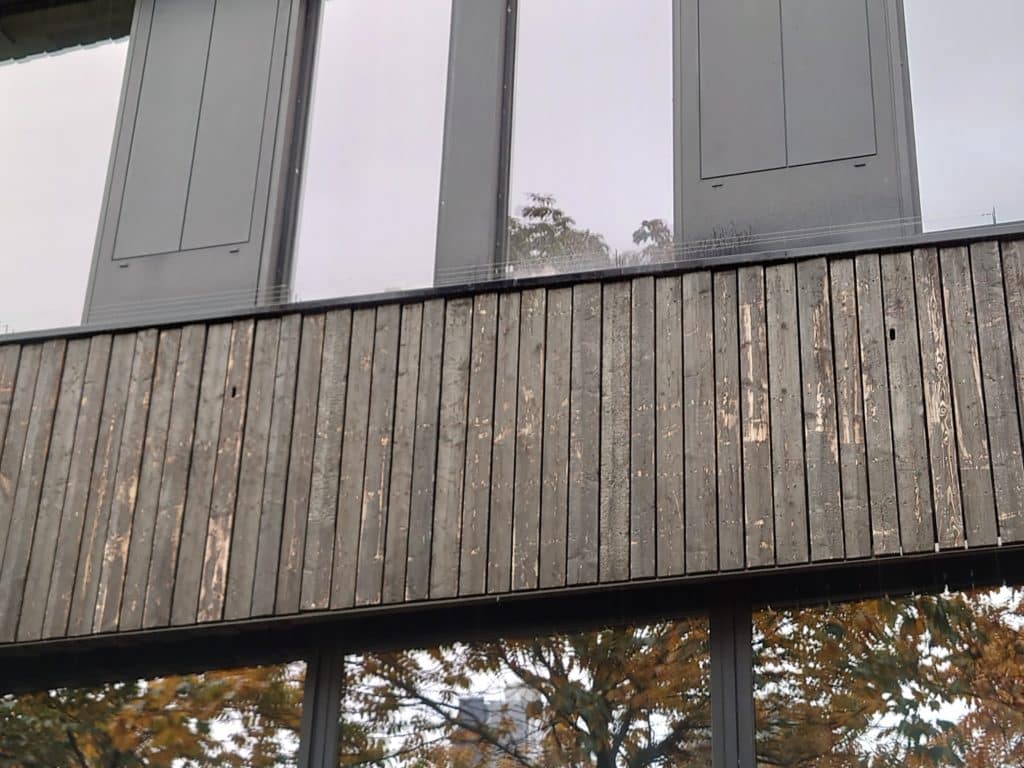
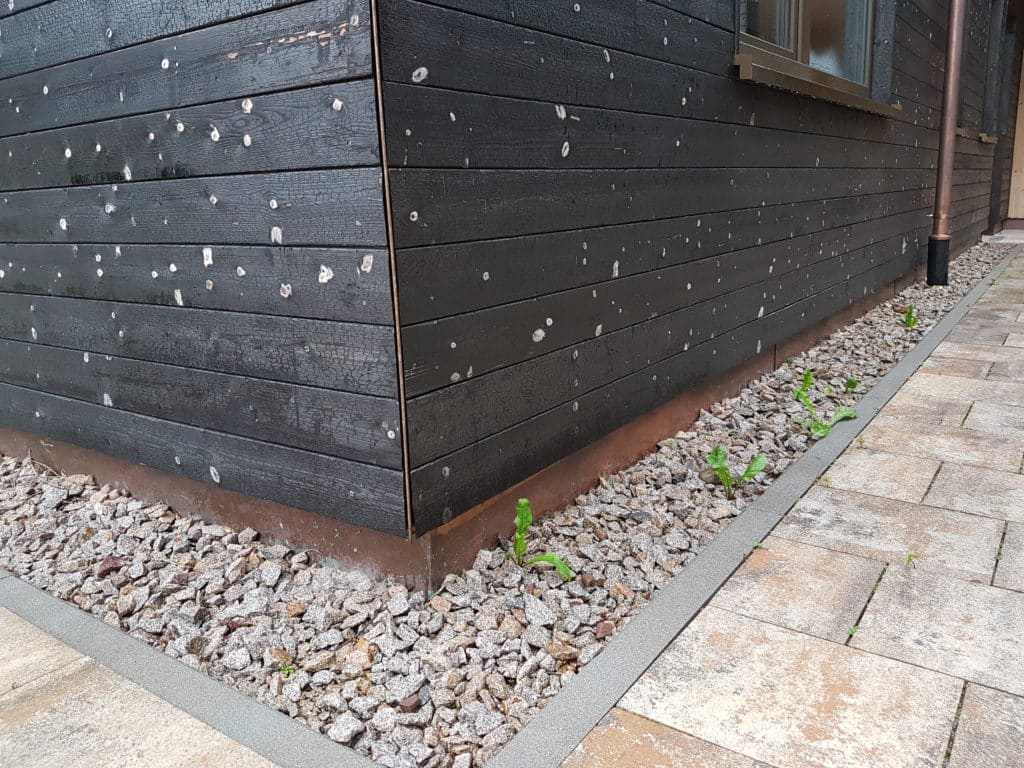
Truly crafting authentic Yakisugi, however, is another thing entirely. The decades of experience and expertise required to create long-lasting, beautiful and durable wooden products are non-negotiable. And this is also why the length of time in business matters when you’re seeking out genuine Yakisugi.
Many European suppliers jumped on the market bandwagon only recently, more or less since the trend of charred-facade timber first emerged. In contrast, we at Nakamoto Forestry have over a century of living and breathing forestry work. We’ve also been the world’s number-one producer of authentic Yakisugi for more than 60 years. We’d love to offer you our samples, but feel free to ask our rivals too. We’re confident no-one does it better!
So let’s round it up:
Authentic and genuine Yakisugi:
- is produced from Sugi wood (Japanese cypress)
- uses boards no more than 15mm thick
- is heat-treated throughout to strengthen it and manufactured using a traditional charring method that is centuries old
- is the fruit of decades of experience and expertise – and here’s the thing. Head-turning visuals alone aren’t enough. It’s about making a product that lasts with purely natural means

 EU (English)
EU (English) DE (Deutsch)
DE (Deutsch) FR (Français)
FR (Français) UK (English)
UK (English) US Website
US Website


